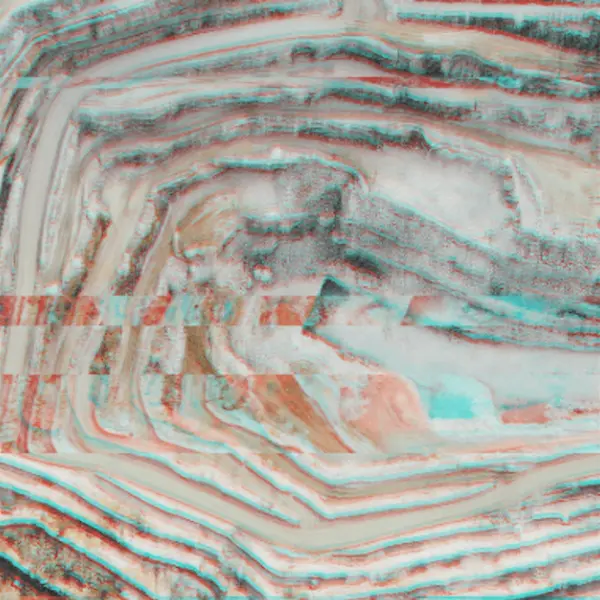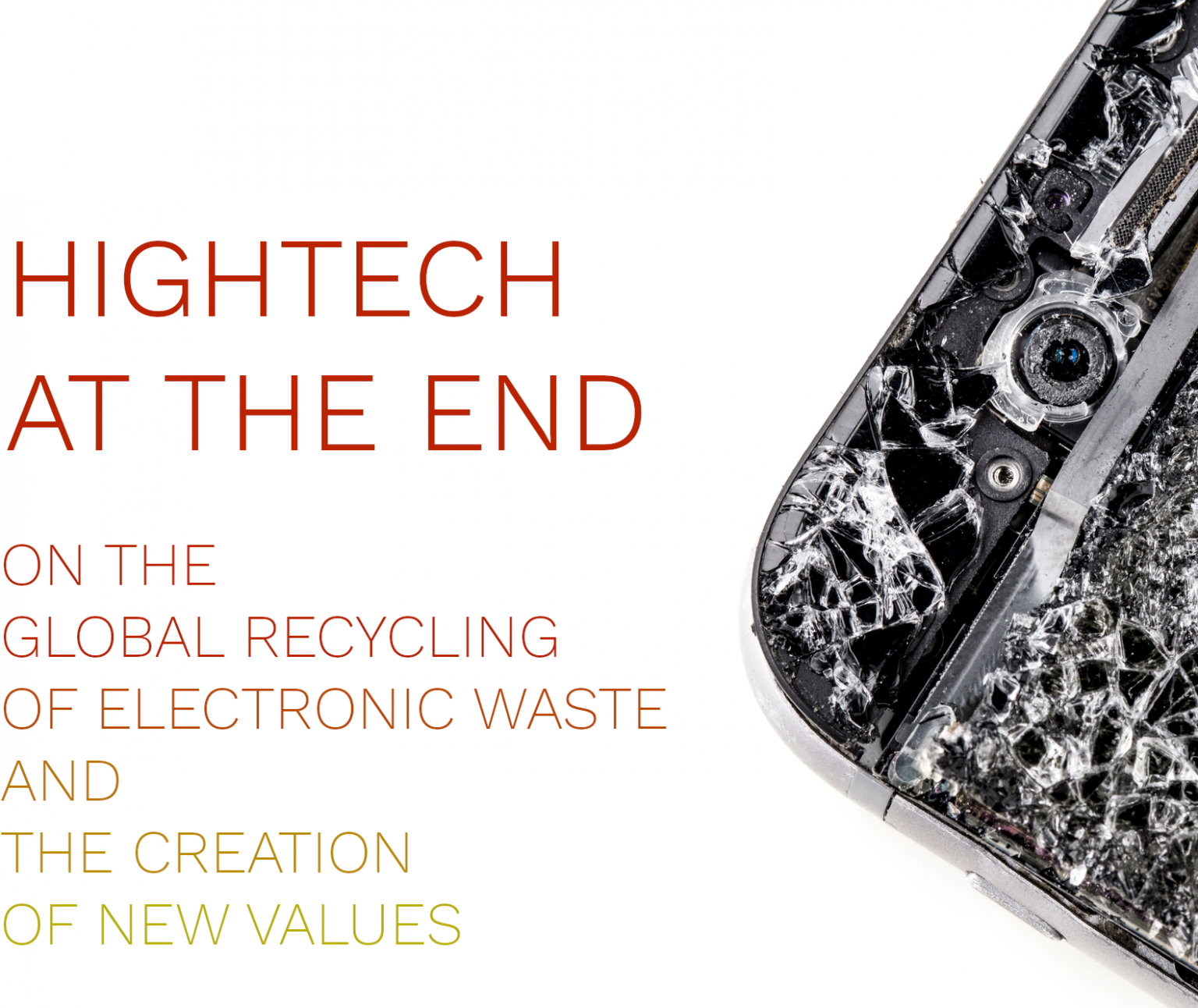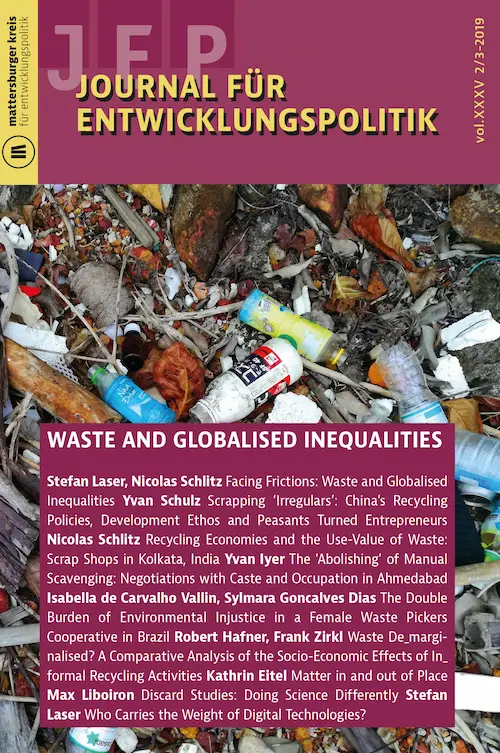Portfolio
Publication formats: Maybe you need do decide what side you're on, GenAI or Zine?
Engagement
Current Project

My main research theme right now is data centres: their local arrangement, material legacies, building procedures, and global production networks enabling its operation. I have been living and working in Asia-Pacific for a longer period to follow the actors. The study is conducted in the collaborative research centre 1567 Virtual Life Worlds, in subproject A02 led by Estrid Sørensen.
Train Infrastructures

Based on my (now concluded) work in the collaborative research centre in Siegen I contribute to the discussion on mobility transitions.
Network valuation studies
I am part of the research group On the path to the valuation society? funded by the German Research Foundation. With Emma Greeson and Olli Pyyhtinen, I’ve co-edited a Special Issue on ‘Dis/Assembling Value’.
We’ve been meeting for several years and are preparing a handbook on Valuation and Society (Routledge).
Ethnography
E-Waste Research

Global and interdisciplinary research on e-waste: ethnographic studies in Germany, India, and across social media platforms.
